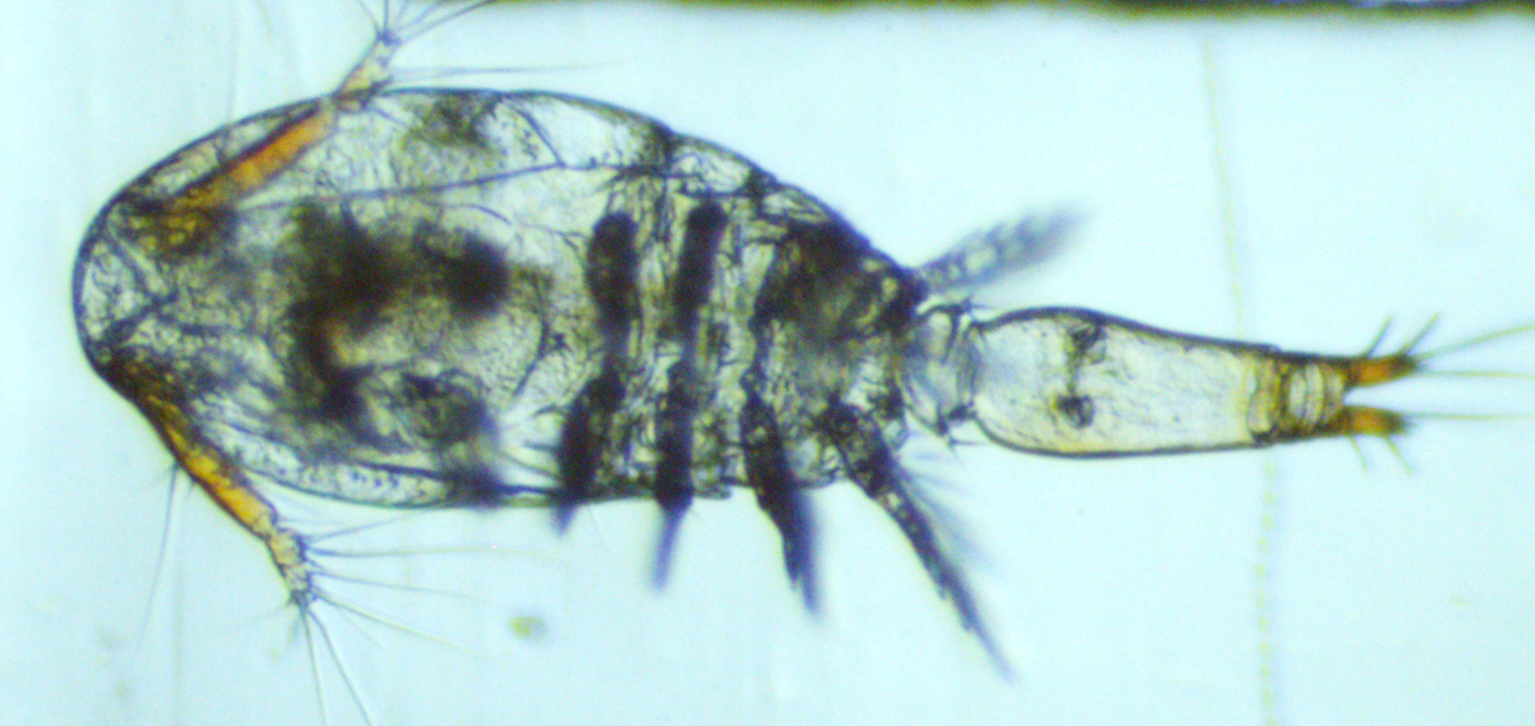Learning about zooplankton from the experts – the hungry manta rays of Hanifaru Bay!
January 2022
Hanifaru Bay in the Maldives is the largest known aggregation site for feeding reef manta rays (Mobula alfredi) in the world with upwards of 250 individuals identified during peak feeding events.
From May-December over the Southwest Monsoon (Hulhangu – Dhivehi name), manta rays come to the bay to feast on teeny weeny nutrient-rich zooplankton. It is during the darkness of the night that a vertical migration of plankton from the deep outer-atoll waters rise to the surface. The strong lunar tides overcome the strength of the prevailing monsoonal currents, drawing this plankton-rich water inside the shallow atoll channels providing a new source of food and nutrients to all inner-atoll ecosystems. It is the unique shape of Hanifaru Bay that works to trap zooplankton into the cul-de-sac reef inlet, with currents forming a back eddy that concentrates plankton in the shallow sandy-bottom bay.
Last season in Hanifaru Bay, the Maldivian Manta Ray Project studied these little creatures of big importance very intensely during mass feeding events! In most circumstances, plankton sampling is done by towing a net behind a boat, but this method isn’t possible in Hanifaru Bay due to high numbers of feeding mantas and MPA restrictions. Instead, the team decided to use the human power of experienced freedivers to tow the net alongside feeding giants. This research technique allowed us to take targeted samples at whichever depth the mantas were feeding at and to closely analyse the feeding strategies employed to scoop up their prey. However, freediving to 10 meters to tow a weighted net horizontally for 1 minute while narrowly avoiding close contact with hungry manta rays, isn’t as easy as it sounds! This two-person job required great attentiveness from the research assistant who’d keep a close eye on the surroundings, be on safety patrol, do high-paced manta counts and record feeding behaviours.
The most impressive tow we did was on September 19 by myself and intern Elle. We were targeting the zooplankton that was being preyed upon during a massive cyclone feeding event. However soon after we started the tow, the 80+ mantas changed their behaviour and went into a chain formation of head-to-tail as far as the eye could see. The plankton soup in which they were sweeping and weaving through was densely spotted with arrow worms, copepods, decapod larvae, fish larvae, jellyfishes, mysid shrimp and salps.
After each tow, the plankton net and sample were swam back to the research boat where it was bottled and laid on ice in preparation for processing at our Lab at Four Seasons Landau Giraavaru. The samples were split multiple ways to allow for many different types of analyses. These preserved and dehydrated samples are currently awaiting attention and further analyses which will be done at the CSIRO Lab in Australia later this year. Through this research, we hope to find out more about the relationship between predators (manta rays), prey (zooplankton) and the surrounding environment.
These Pokémon-like creatures may be small, but they are high in nutrients and can support large megafauna like manta rays and whale sharks. Unfortunately, warming oceans are expected to affect zooplankton globally with a predicted decline of >50% in biomass in tropical regions such as the Maldives.
The results from the study will also help us to monitor the small-scale and large-scale changes in the zooplankton communities in Hanifaru Bay Marine Protected Area. Changes in manta ray prey will ultimately affect the population, movements and health of these ecologically and economically important megafauna.
This research is in collaboration with Manta Trust, University of Sunshine Coast, University of Queensland and CSIRO
Hannah Moloney
MMRP Assistant Project Manager - Baa Atoll












